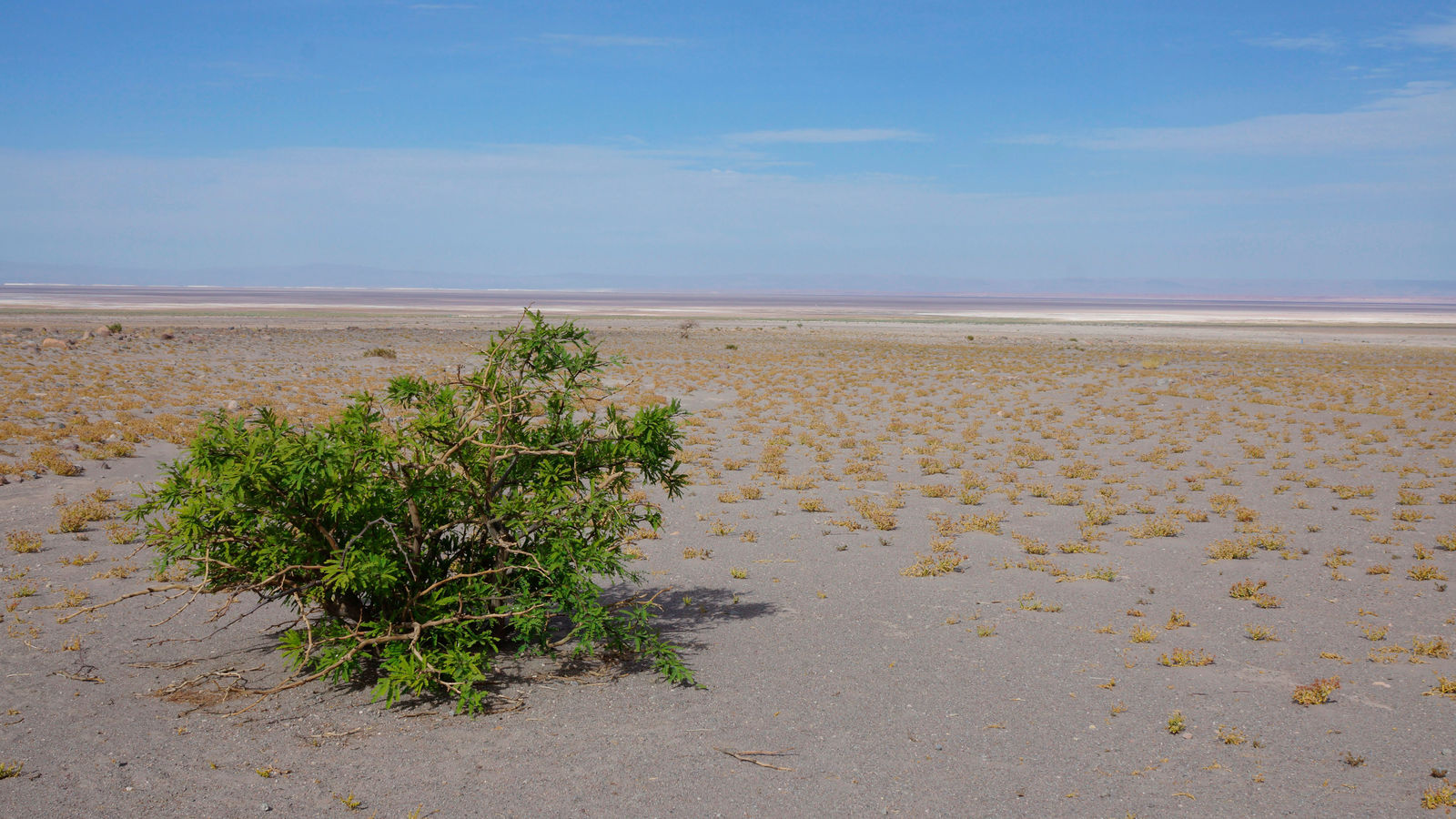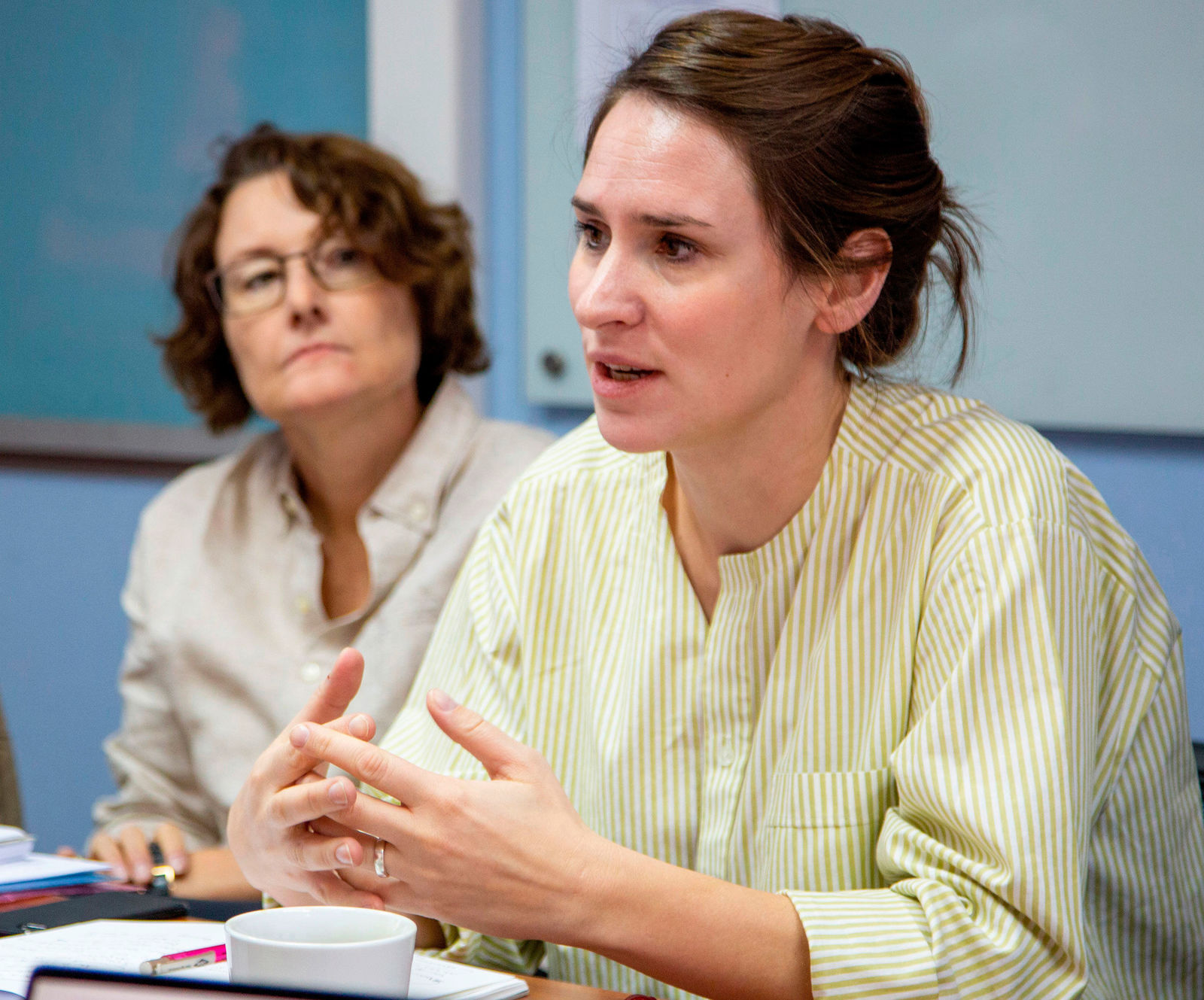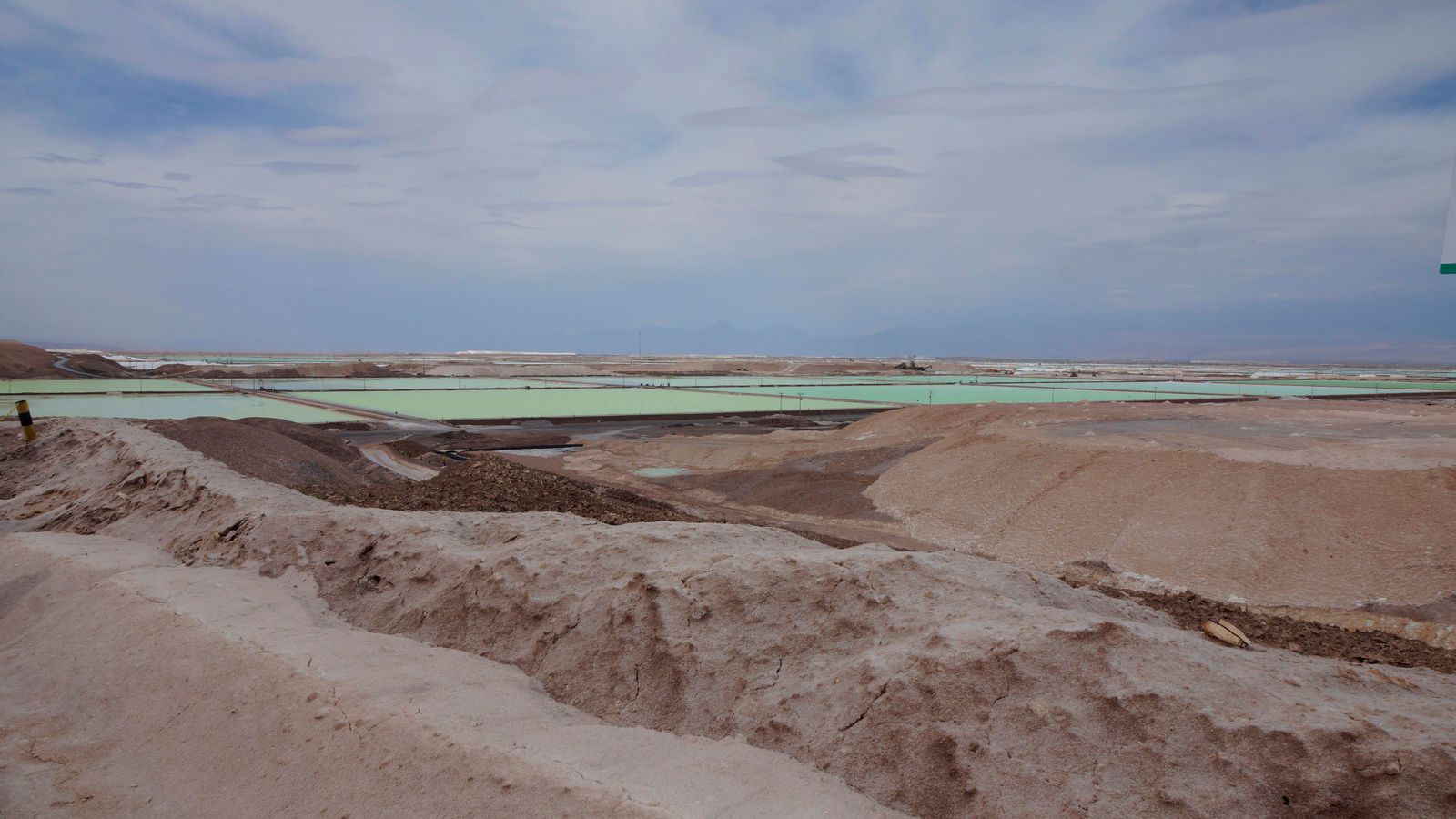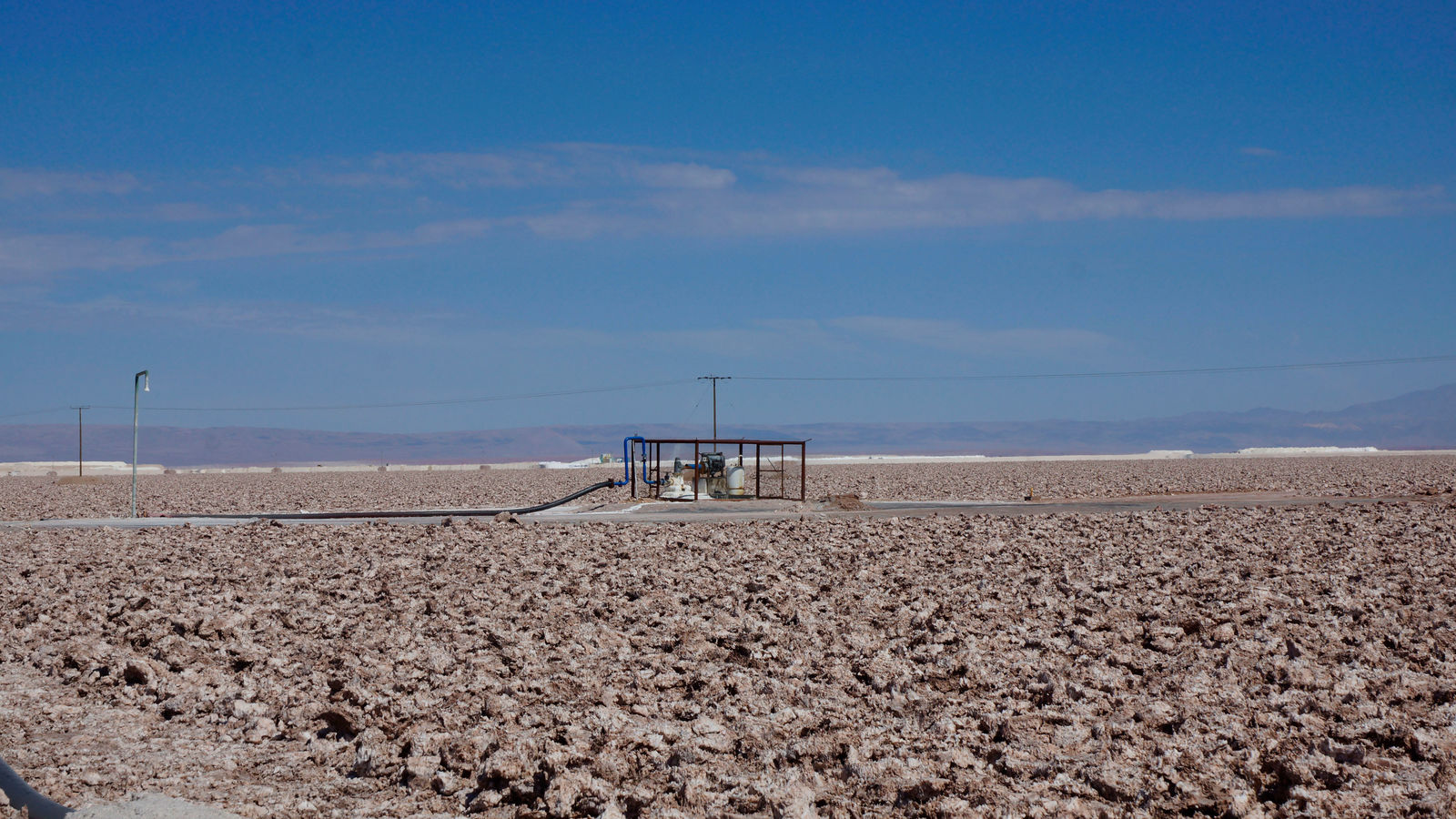After a 20-hour flight, Franziska Killiches reaches her destination. Chile. Atacama Desert. One of the driest places on earth. “The ground is hard as stone. Every drop of water evaporates immediately,” Killiches recalls her first impressions. Unlike the 250,000 tourists a year, she is not visiting the desert to see geysers in the mountains or lagoons full of flamingos. The 33-year-old has been working at Volkswagen for almost a year as an expert for sustainable raw materials procurement. Time and again she reads critical reports on the mining of lithium in the Atacama region. The main accusation: the extraction of raw materials endangers the water supply of the indigenous inhabitants. The purpose of Killiches’ trip: “We want to make our own picture.” For just under a week Killiches travels from place to place in a small group. She talks to local community representatives and to companies that extract lithium.
Fact-finding expedition to the lithium desert of Chile
Does lithium mining harm the inhabitants of the Atacama Desert in Chile? Repeated reports have been published – but for a reliable overall picture the facts are not available. Franziska Killiches, an expert for sustainable raw materials procurement at Volkswagen, therefore set out to investigate the matter herself.
Without this valuable raw material, the batteries of today’s electric cars would be just as impossible to manufacture as the batteries of many cell phones or laptops. For Volkswagen, this entails a special responsibility. After all, the company is more committed to electromobility than almost any other manufacturer in order to achieve climate neutrality by 2050. “The raw materials for our electric batteries must be extracted under sustainable conditions. We must therefore do everything possible to ensure that the extraction of lithium does not harm people or nature,” emphasizes Ullrich Gereke, Head of Procurement Strategy and Franziska Killiches’ boss.
On her tours through the desert, Killiches realizes that three things must never be forgotten: Sunglasses, strong sunscreen and long trousers. “Anyone who is careless for five minutes here will receive sunburn.” With a protective cap she drives in an off-road vehicle past huge brine pools. From step-to-step the water changes its color due to the increasing lithium content. Blue gradually becomes yellow.
In her conversations, Franziska Killiches states: “Many Atacameños worry about the loss of their way of life. 6,500 indigenous people face a quarter of a million tourists per year. “Bigger places such as San Pedro are full of hotels. Many younger people prefer to work there instead of continuing their parents’ and grandparents’ rural way of life.” The workers of the large copper mines also come from outside. “The planes are full of miners who travel to their work assignments. Every few days the companies change personnel.”
A rural way of life only exists with an adequate water supply – and according to unanimous reports from the locals, this has deteriorated in the Atacama region. “There is no question that less rain falls today and less water flows from the mountains into the plains than people used to be accustomed to,” says Killiches.
However, it is unclear whether this is related to the mining of lithium. Data show: In terms of freshwater consumption in the region, the water consumption by companies that extract lithium is behind tourism and copper mining, with a share of between five to ten percent. In addition, the region is already severely affected by climate change, which exacerbates the drought.
Critics of lithium mining have yet another suspicion: they fear that fresh water will flow to where brine containing lithium is pumped out. This would render the valuable drinking water unusable for humans and livestock. However, experts have not yet found any evidence for this concern either. “There is no consistent hydrological model to support this suspicion,” reports Killiches. Rather, the companies and settlements concerned each work with their own models regarding the water flows in the Atacama Desert. “This makes it difficult to come to a common understanding.
So, what can be taken from the research trip? “I can well understand that many Atacameños are concerned about their traditional way of life,” says Franziska Killiches. “We want to stay in touch and gain a better understanding of how living conditions in the Atacama Desert are changing in order to analyze how end users like Volkswagen can contribute to sustainable conditions for lithium production in Chile.” On her trip, Killiches consequently also made contact with the so-called Council of Indians, the central representation of the interests of the locals. “The Atacameños are now very well organized and have their own experts to advise them. This is a good basis for finding solutions.”
Photos



